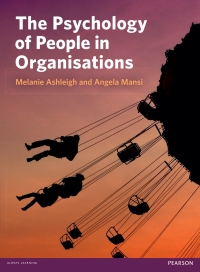
1. Suppose we have three tanks: Tank I contains 700 L of liquid (no pollutants), Tank II contains 500 L of liquid (no pollutants), and Tank III contains 820 L of liquid with 200 g of pollutants dissolved. Liquid containing 0.3 g/L of pollutants flows into Tank I at 20 L/min. Liquid flows from Tank I to Tank II at 22 L/min and from Tank I to Tank III at 3 L/min. Liquid flows from Tank II to Tank I at 5 L/min and from Tank II to Tank III at 12 L/min. Liquid evaporates from Tank II at 10 L/min. Liquid flows from Tank III to Tank II at 5 L/min, flows from Tank III out of the system completely at 2 L/min and evaporates from Tank III at 8 L/min. Assume that the pollutants are well-mixed in each tank and that the evaporating liquid from Tanks II and III has no pollutants, a) Set up a system of differential equations with initial conditions to model this situation. b) Solve your system from part a) to find the amount of pollutants (in grams) in each tank as a function of time. c) Find the maximum, minimum and long-term amount of pollutants (in grams) in each tank. d) Find the long-term concentration (in g/L) of pollutants in each tank and compare with the 0.3 g/L that is flowing into the system. (25 points) 1. Suppose we have three tanks: Tank I contains 700 L of liquid (no pollutants), Tank II contains 500 L of liquid (no pollutants), and Tank III contains 820 L of liquid with 200 g of pollutants dissolved. Liquid containing 0.3 g/L of pollutants flows into Tank I at 20 L/min. Liquid flows from Tank I to Tank II at 22 L/min and from Tank I to Tank III at 3 L/min. Liquid flows from Tank II to Tank I at 5 L/min and from Tank II to Tank III at 12 L/min. Liquid evaporates from Tank II at 10 L/min. Liquid flows from Tank III to Tank II at 5 L/min, flows from Tank III out of the system completely at 2 L/min and evaporates from Tank III at 8 L/min. Assume that the pollutants are well-mixed in each tank and that the evaporating liquid from Tanks II and III has no pollutants, a) Set up a system of differential equations with initial conditions to model this situation. b) Solve your system from part a) to find the amount of pollutants (in grams) in each tank as a function of time. c) Find the maximum, minimum and long-term amount of pollutants (in grams) in each tank. d) Find the long-term concentration (in g/L) of pollutants in each tank and compare with the 0.3 g/L that is flowing into the system. (25 points)







